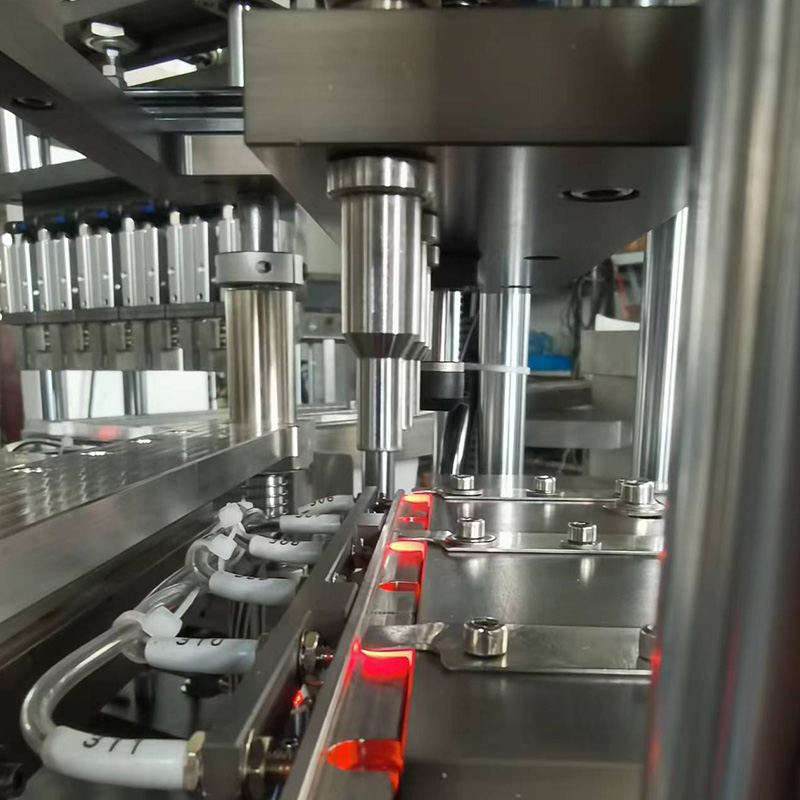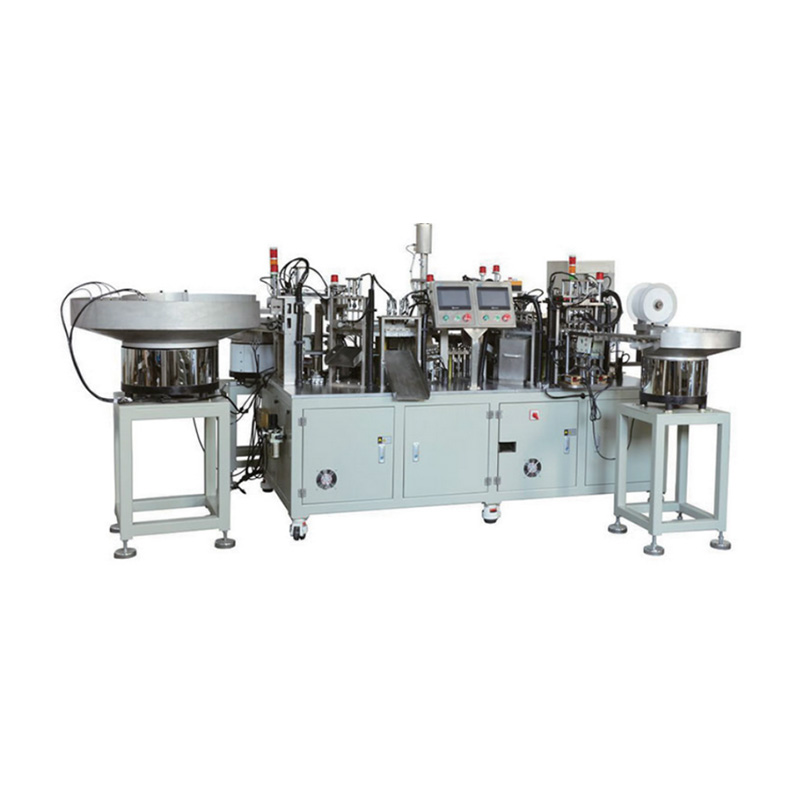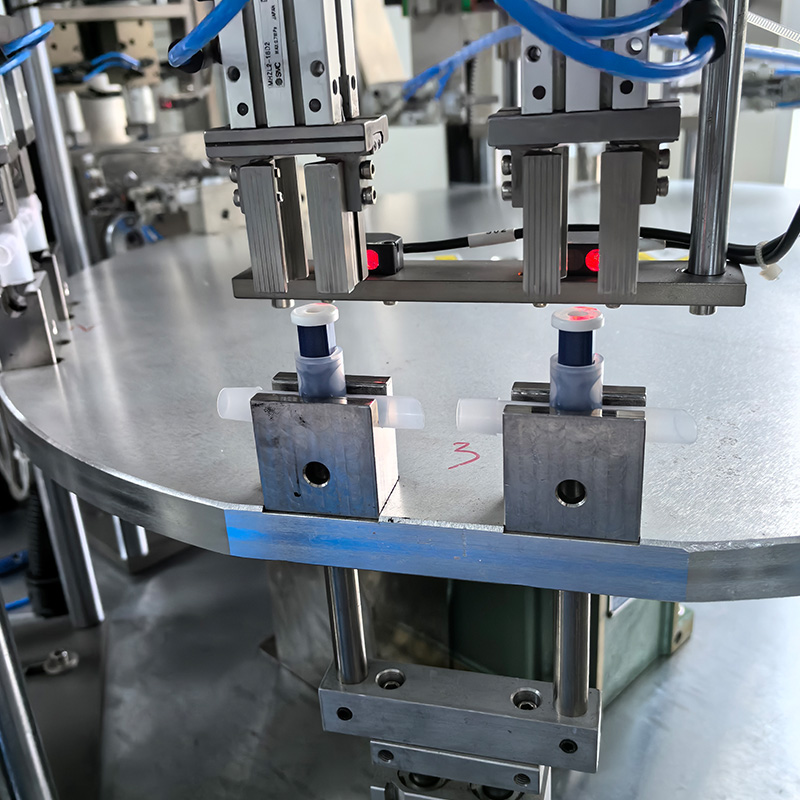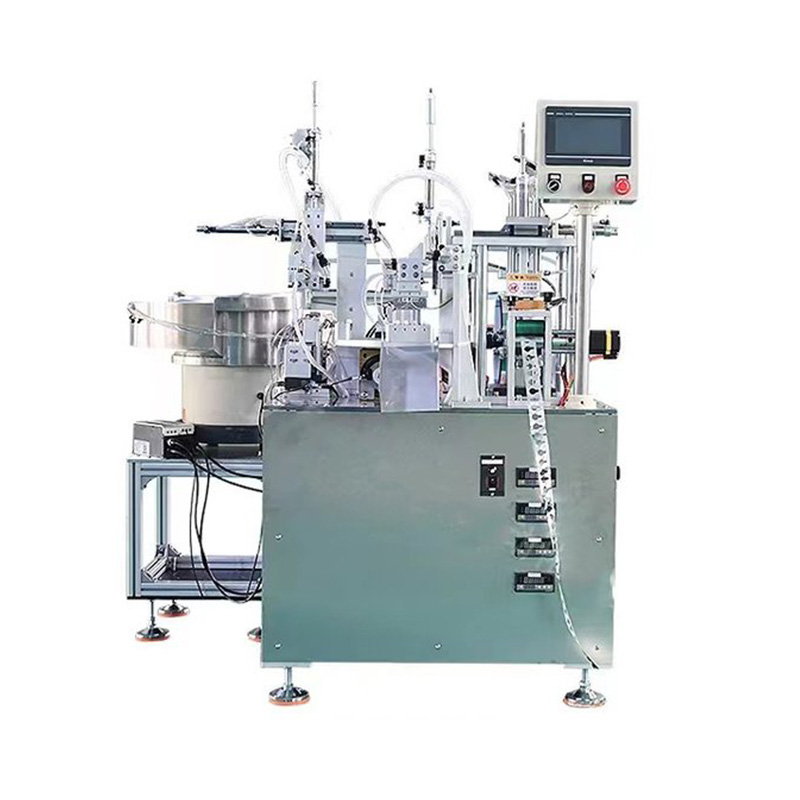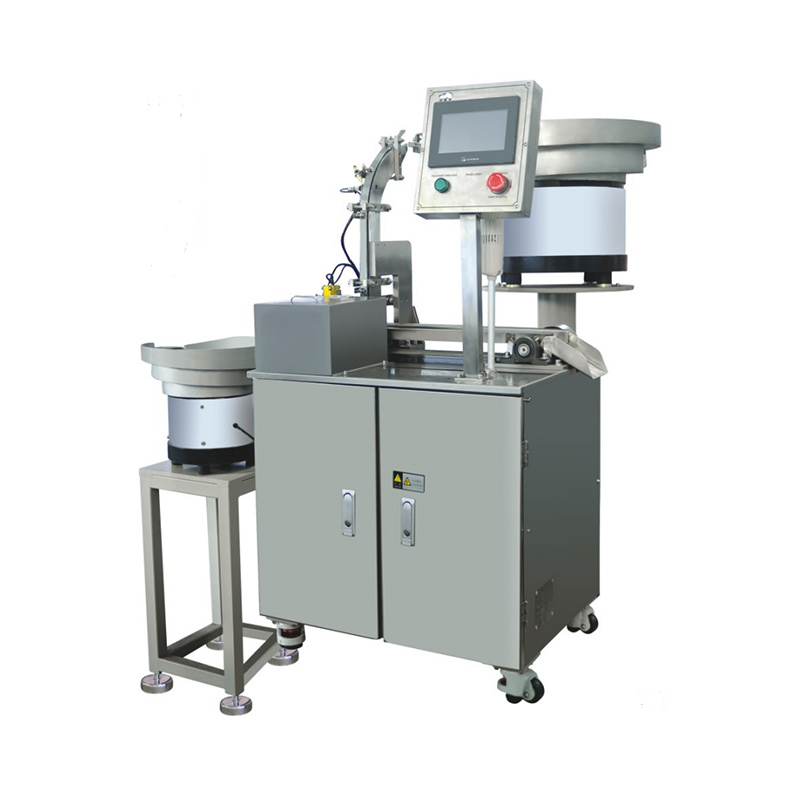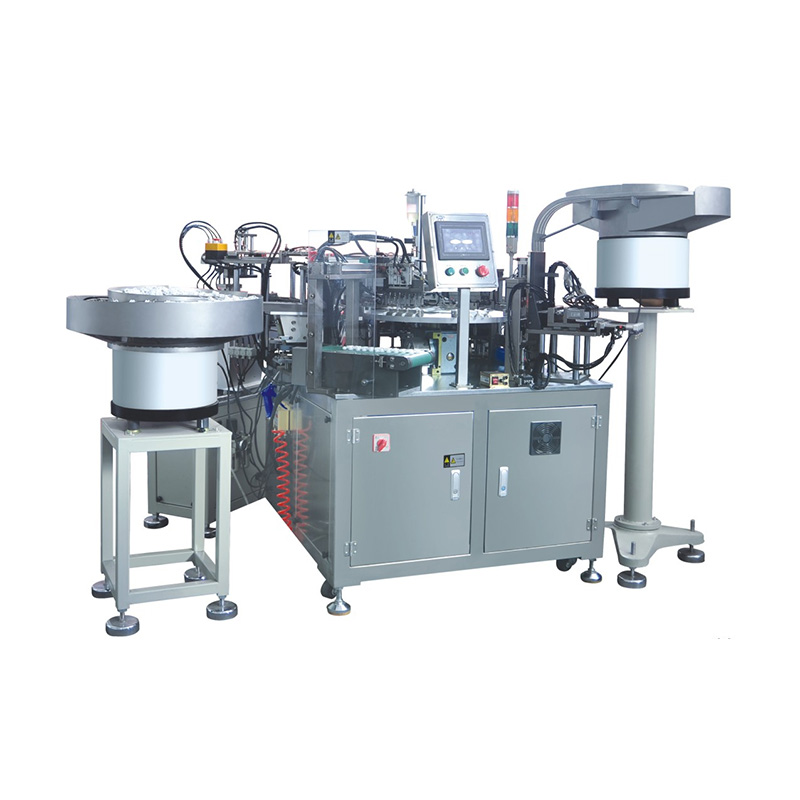China Zhejiang Taizhou Ambe Trading Co., Ltd. is a manufacturer specializing in the production of medical equipment automation equipment.
July 7, 2025 – The escalating global demand for injectable medications, from life-saving biologics to critical vaccines, is driving pharmaceutical manufacturers towards higher levels of efficiency and quality control. At the forefront of this transformation are sophisticated Automated Syringe Filling Assembly Machine Equipment Systems, becoming indispensable tools in modern sterile fill-finish operations. These integrated solutions are no longer a luxury but a necessity for meeting stringent regulatory requirements and ensuring patient safety.
The complexity of producing pre-filled syringes (PFS)—involving precise filling, delicate component assembly (plungers, caps, needle shields), rigorous inspection, and uncompromising sterility—poses significant challenges for manual or semi-automated lines. Human error, variability, and limitations in maintaining Grade A environments consistently are inherent risks. This is where comprehensive Automated Syringe Filling Assembly Machine Equipment Systems deliver tangible advantages. By integrating filling, assembly, inspection, and handling into a single, controlled platform, these systems drastically reduce human intervention points, the primary source of contamination risk.
A typical Automated Syringe Filling Assembly Machine Equipment System begins with syringe barrel feeding and washing (often integrated or performed inline upstream). Syringes are then precisely filled using advanced peristaltic or piston pump technologies within an isolator or Restricted Access Barrier System (RABS), ensuring sterility. Immediately following filling, the system seamlessly handles the intricate placement of plungers into the filled barrels. Subsequent stations often include leak testing, visual inspection via high-resolution cameras and AI algorithms, and the precise application of tip caps and needle shields. Crucially, every step is orchestrated by a centralized control system with comprehensive data logging for traceability, adhering to ALCOA+ principles.
The benefits driving adoption of these Automated Syringe Filling Assembly Machine Equipment Systems are multifaceted:
Enhanced Sterility Assurance: Reducing human intervention within the critical filling and assembly zone is paramount. These enclosed systems maintain environmental control far more effectively than traditional methods, directly impacting product safety. The design of a modern Automated Syringe Filling Assembly Machine Equipment System inherently supports higher sterility assurance levels (SAL).
Unmatched Precision and Consistency: Automated pumps deliver fill volumes with exceptional accuracy, critical for potent and expensive drugs. Robotic assembly ensures components like plungers and caps are placed consistently and correctly, virtually eliminating assembly defects common in manual handling. The precision engineered into an Automated Syringe Filling Assembly Machine Equipment System directly translates to dose accuracy.
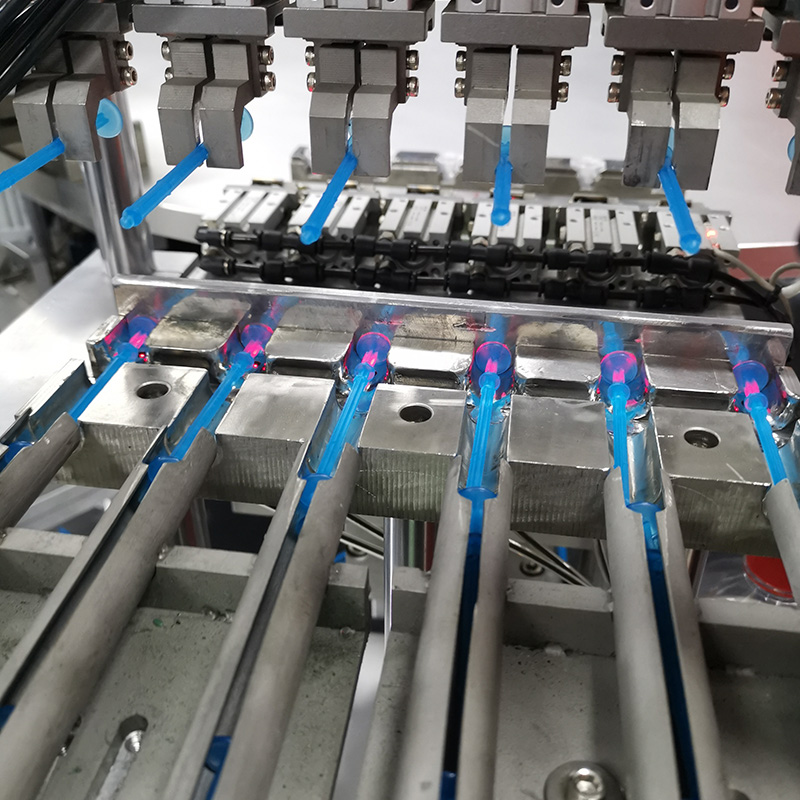
Increased Throughput and Efficiency: Operating continuously at high speeds, these systems significantly boost output compared to manual lines. Faster changeover times between different syringe formats or drug products further enhance operational flexibility and overall equipment effectiveness (OEE). Investing in a robust Automated Syringe Filling Assembly Machine Equipment System is often justified by the substantial throughput gains.
Reduced Operational Costs: While the initial capital investment is significant, long-term savings are realized through reduced labor costs, lower reject rates due to improved quality, decreased risk of costly sterility failures, and optimized consumable usage. The operational efficiency of a well-implemented Automated Syringe Filling Assembly Machine Equipment System provides a strong return on investment.
Comprehensive Data Integrity: Integrated sensors and monitoring throughout the process provide real-time data and alarms. Full electronic batch records are generated automatically, streamlining compliance with FDA 21 CFR Part 11, EU Annex 1, and other global regulations. The data backbone of a modern Automated Syringe Filling Assembly Machine Equipment System is crucial for audit readiness.
Major pharmaceutical companies and contract development and manufacturing organizations (CDMOs) are actively deploying these advanced Automated Syringe Filling Assembly Machine Equipment Systems. The shift towards automation in our aseptic filling lines, particularly for complex PFS formats, was driven by the dual needs of scaling production for high-demand therapies and achieving near-zero defect rates, commented Dr. Anya Sharma, VP of Manufacturing Technology at a global CDMO. "The integrated nature of these Automated Syringe Filling Assembly Machine Equipment Systems provides the control and data transparency our quality systems and regulators demand."
The evolution continues. Next-generation Automated Syringe Filling Assembly Machine Equipment Systems are incorporating even more sophisticated in-process controls (IPC), such as 90% weight verification for fill volume and advanced particle inspection. Integration with factory-wide Manufacturing Execution Systems (MES) and the Industrial Internet of Things (IIoT) is becoming standard, enabling predictive maintenance and deeper process analytics. Furthermore, the flexibility of newer systems is supporting the trend towards smaller batch sizes for personalized medicines and niche therapies.
As the pipeline for injectable drugs, including complex biologics, vaccines, and high-potency oncology treatments, continues to grow, the reliance on highly capable Automated Syringe Filling Assembly Machine Equipment Systems will only intensify. These systems represent a cornerstone technology, ensuring that the medications reaching patients worldwide are produced with the levels of precision, safety, and efficiency demanded by modern healthcare. The future of injectable manufacturing is unequivocally intertwined with the continuous advancement of these integrated platforms.

 English
English русский
русский Español
Español

